The Role of Dung Beetles in Australian Agriculture
By Susannah McInnerney / Published on Oct 10, 2022
Dung beetles are a group of hardworking insects that use dung for nesting and feeding. Australia has over 500 species of native beetles, the majority of which process the coarse pellet-like dung of marsupials. As only a small number of native species evolved to break down cattle dung, introduced species were brought into Australia in the 1950’s.
There are two types of dung beetles, those that create balls of dung that are rolled away to nesting sites and those that create tunnels beneath the pad. Both types of beetles lay their eggs in balls of dung and then bury the balls in the soil.
Benefits
Dung beetles provide benefits to properties in several ways including the storage of carbon, increased soil health and fertility, improved pasture growth and productivity, reduction of nutrient runway into waterways and reduction of parasites.
By burying the dung, beetles store carbon content in the soil. This reduces the loss of carbon dioxide to the atmosphere and reduces greenhouse emissions. The buried dung also supplies a readily available source of biological carbon for soil and plant growth.
Dung beetles can increase soil health and fertility and pasture health and productivity. When dung is buried, the nutrients it holds is then accessible to the soil and pasture, boosting pasture growth by approx 30% over two years. Dung beetles that create tunnels under the pad aerate the soil when doing so, allowing for rainwater to penetrate and the reduction of run-off into nearby waterways. The penetration of the soil also allows for plant roots to grow further down.
Australian livestock produce approx. 80 million tonne of dung per year and with the average beast dropping 10-12 dung pad everyday this provides a large amount of dung for flies, such as the buffalo fly, to lay their eggs. A single cow pad can result in 3000 flies. By burying the dung, beetles are removing a potential breeding ground that will reduce the population that would cause productivity and health issues to livestock. Through this process dung beetles provide a natural chemical free solution to fly related problems.
Identification and Supply
Dung beetles can be bought from suppliers to introduce a colony or increase the insects' population on properties where minimal beetles are present.
It is important that the current species is identified before introduction as species are active at different time of the year. The supplier will aid in identification.
This interactive map allows producers to identify which species may be present in their area:
www.dungbeetles.com.au/dung-beetles/which-species-are-near-you
For identification of your current species and to increase your numbers through a new colony please contact our Animal Nutritionist Susannah on (08) 8971 1293 or susannah@bilbagroup.com.au.
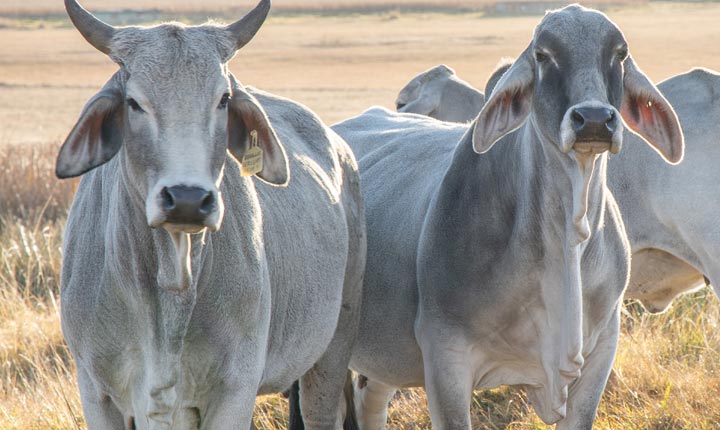
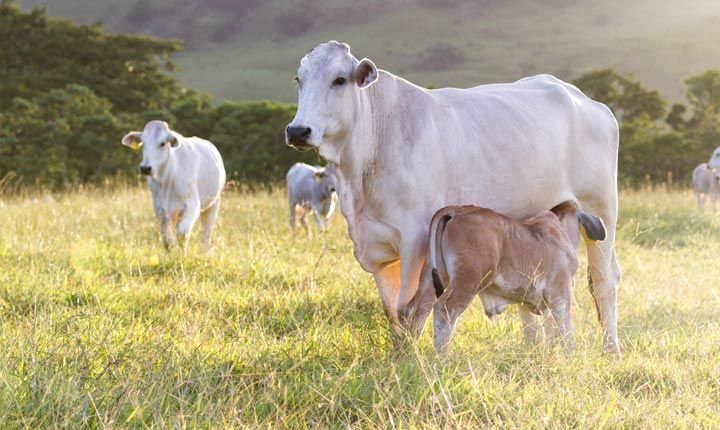
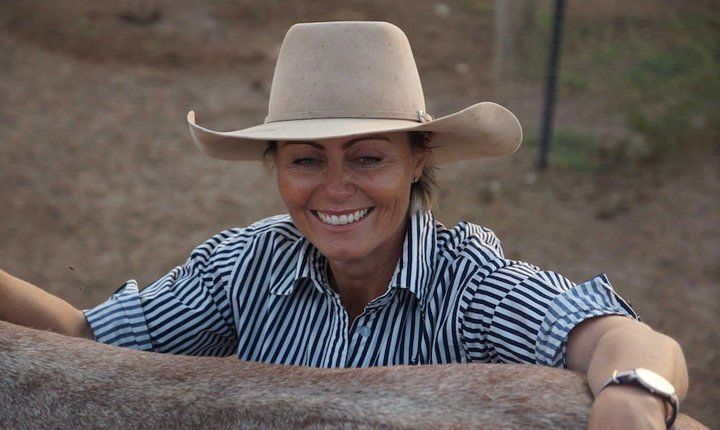
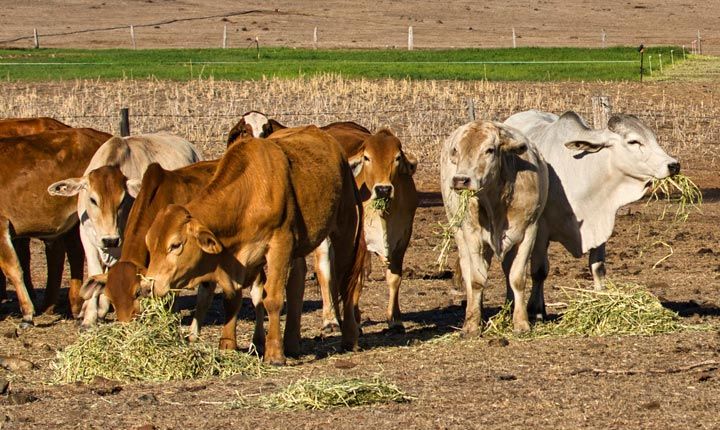
Our locations
Manufacturing Site
Retail Site
Our hours
Appointments available outside business hours.
- Mon - Fri
- -
- Sat - Sun
- Closed
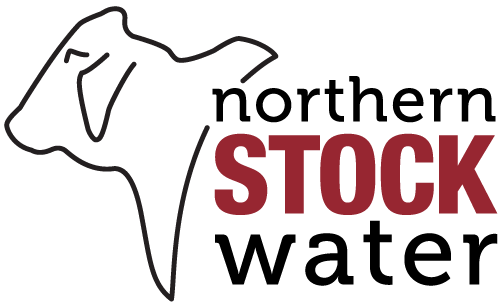
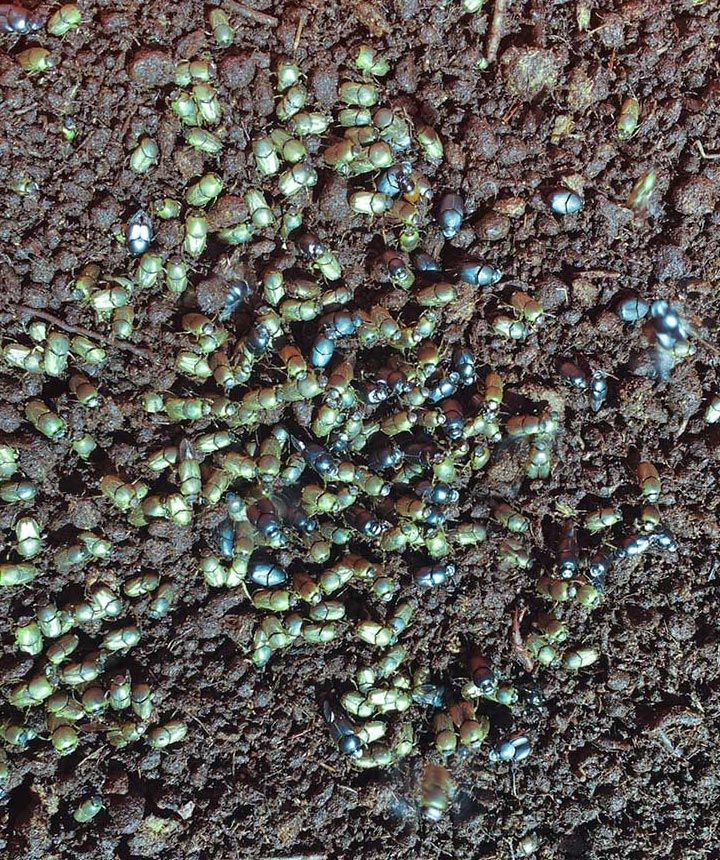
![A dung beetle rolling a ball of dung. [Source ScienceImage] A dung beetle rolling a ball of dung. [Source ScienceImage]](https://lirp.cdn-website.com/c3a8bc6e/dms3rep/multi/opt/Northern-Stock-Water_Dung-Beetles-in-Australia_The-role-of-dung-beetles_720x430px-1920w.jpg)


